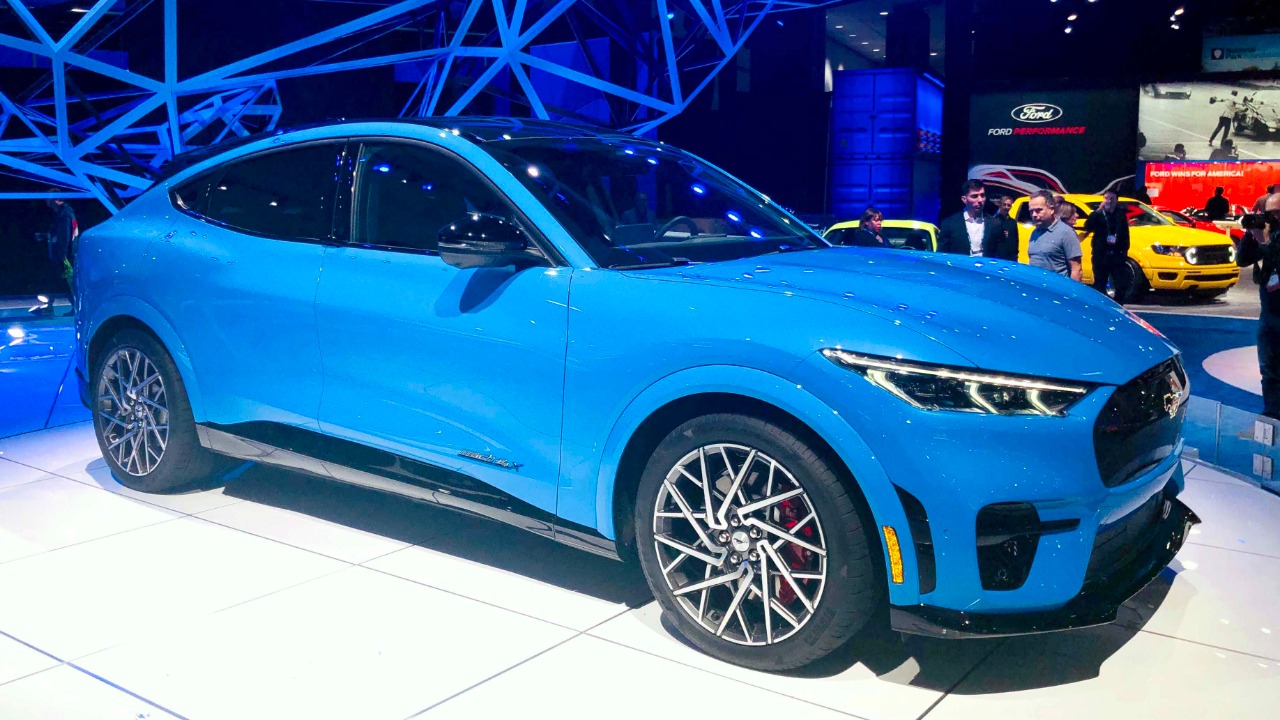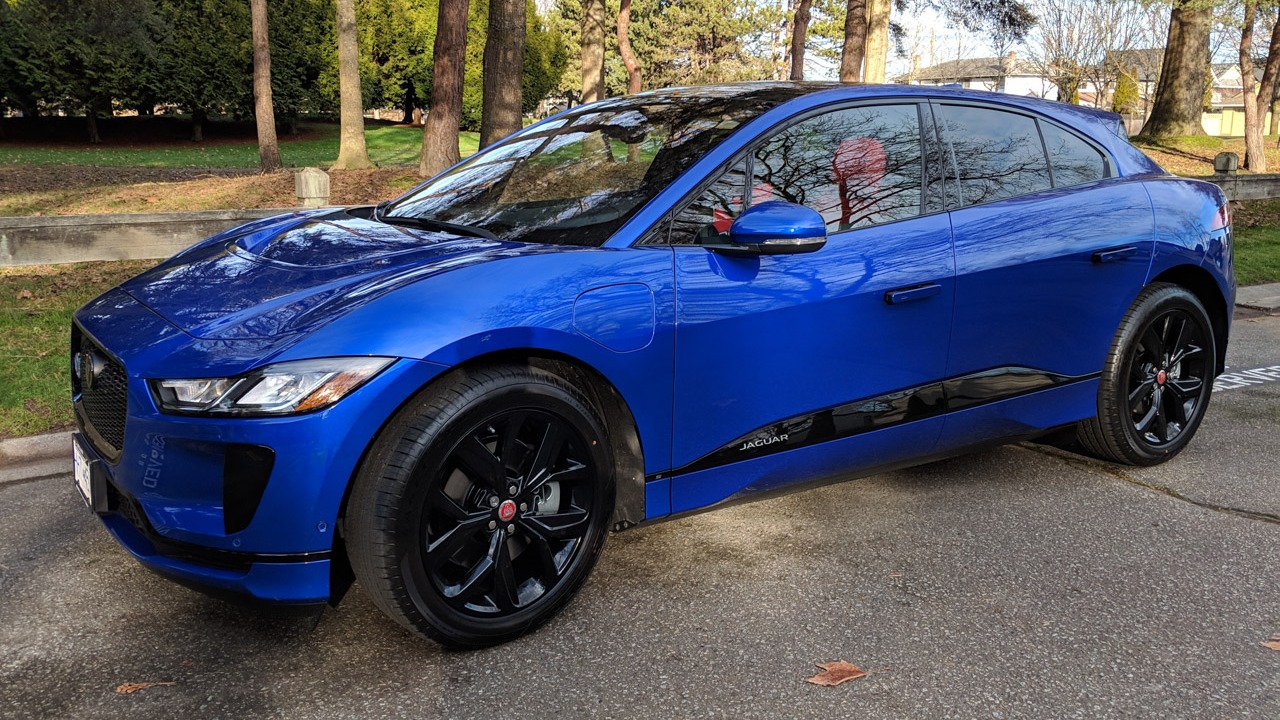
Recent spikes in electric car insurance rates have left many EV owners puzzled and frustrated. Understanding the reasons behind these increases can help consumers make informed decisions and potentially mitigate costs. The factors contributing to the rising insurance premiums for electric vehicles are multifaceted and reflect changes in technology, market dynamics, and regulatory environments.
Increasing Repair Costs for Electric Vehicles

One of the primary reasons for the surge in insurance premiums for electric vehicles (EVs) is the increasing cost of repairs. Unlike traditional gasoline-powered cars, EVs come equipped with advanced technology and specialized parts that are often expensive to repair or replace. For instance, vehicles like the Tesla Model S and the Audi e-tron feature cutting-edge components that require specialized labor for repairs. This lack of widespread expertise makes it challenging for repair shops to service these vehicles, leading to higher costs for consumers. Additionally, the availability of parts, such as battery cells and electronic control units, remains limited, further driving up repair expenses and, consequently, insurance premiums.
The battery, a crucial component of any electric vehicle, represents a significant portion of repair and maintenance costs. The complexity involved in battery maintenance and replacement is another factor contributing to rising insurance rates. For example, replacing the battery of a Nissan Leaf can cost several thousand dollars, a price point that insurers must consider when calculating premiums. As electric vehicle technology continues to evolve, the costs associated with battery management and replacement remain a substantial concern for insurers and consumers alike. These factors, combined with the intricate electrical systems in EVs, underscore the unique challenges associated with insuring electric vehicles.
Rising Popularity and Market Changes

The growing number of electric vehicles on the road is another significant factor influencing insurance premiums. As more consumers embrace EVs, insurers are compelled to adjust their risk assessments and pricing models to accommodate a rapidly evolving market. The increasing popularity of models like the Ford Mustang Mach-E and the Chevrolet Bolt EV reflects a broader trend towards electrification in the automotive industry. This surge in demand, however, also means that insurers must recalibrate their strategies to address the unique risks associated with electric vehicles, such as the potential for higher repair costs and the impact of technological advancements.
Market dynamics, driven by shifts in supply and demand, also play a crucial role in influencing insurance costs. The demand for electric vehicles has led to fluctuations in costs associated with insurance coverage. As more manufacturers enter the EV market, the competition for market share intensifies, impacting pricing strategies across the automotive and insurance industries. This competitive landscape can result in both opportunities and challenges for insurers as they strive to offer competitive rates while managing the inherent risks associated with electric vehicles.
Impact of Technological Integration

Another factor contributing to the rise in electric car insurance premiums is the ongoing integration of new technologies. Electric vehicles are equipped with sophisticated software and systems that require frequent updates, potentially leading to increased maintenance costs. For instance, Tesla’s over-the-air updates can enhance the functionality of the vehicle but also introduce new variables into the repair and maintenance equation. Insurers must consider the potential implications of these updates on the overall cost of ownership, including the impact on insurance premiums.
Cybersecurity concerns also loom large in the context of electric vehicles. As EVs become more connected, the risk of cyberattacks increases, posing a challenge for insurers in assessing potential liabilities. With features like remote diagnostics and autonomous driving capabilities, vehicles such as the Tesla Model 3 and the Jaguar I-PACE are at the forefront of technological innovation. However, this connectivity also introduces vulnerabilities that insurers must account for when determining premium rates. The growing emphasis on cybersecurity underscores the need for robust risk management strategies in the insurance industry.
Government Regulations and Incentives

Changes in government regulations and incentives for electric vehicles can significantly impact insurance costs. Modifications to incentive structures, such as tax credits and rebates, influence the overall cost structure for EV ownership, including insurance. For example, reductions in federal tax credits for electric vehicles can affect consumer purchasing decisions and subsequently alter market dynamics. Insurers must remain attuned to these regulatory changes to accurately assess risk and pricing models.
Compliance with evolving environmental and safety regulations also plays a crucial role in shaping insurance premiums. Electric vehicle manufacturers must adhere to stringent standards, which can increase production and repair costs. For instance, the implementation of advanced driver-assistance systems (ADAS) to meet safety requirements adds complexity to vehicle repairs, impacting insurance rates. These regulatory developments highlight the interconnected nature of government policy, automotive manufacturing, and insurance pricing strategies.
Insurance Industry Adjustments

As the electric vehicle market continues to expand, the insurance industry is undergoing significant adjustments to better serve EV owners. Insurers are continuously updating their risk assessment models to predict potential claims more accurately. This involves analyzing large datasets to identify trends and patterns that inform pricing strategies. The use of predictive analytics and machine learning is becoming increasingly prevalent, allowing insurers to refine their approaches to electric vehicle insurance.
The competitive market environment also influences insurance premiums for electric vehicles. As more insurance companies enter the EV market, competitive strategies may lead to fluctuating premium rates. Companies are exploring innovative offerings, such as pay-per-mile insurance and discounts for low-emission vehicles, to attract and retain customers. Insurers must balance competitive pricing with the need to manage risk effectively, a challenge that requires ongoing adaptation and innovation in the industry.
By understanding the various factors contributing to rising electric car insurance premiums, consumers can make informed decisions about their coverage options. From technological advancements and market dynamics to regulatory changes and industry adjustments, the landscape of electric vehicle insurance is rapidly evolving. As the industry continues to adapt, EV owners can explore strategies to mitigate costs and navigate the complexities of insuring their vehicles in an ever-changing environment.